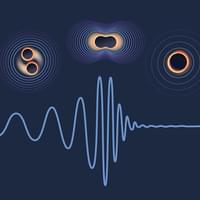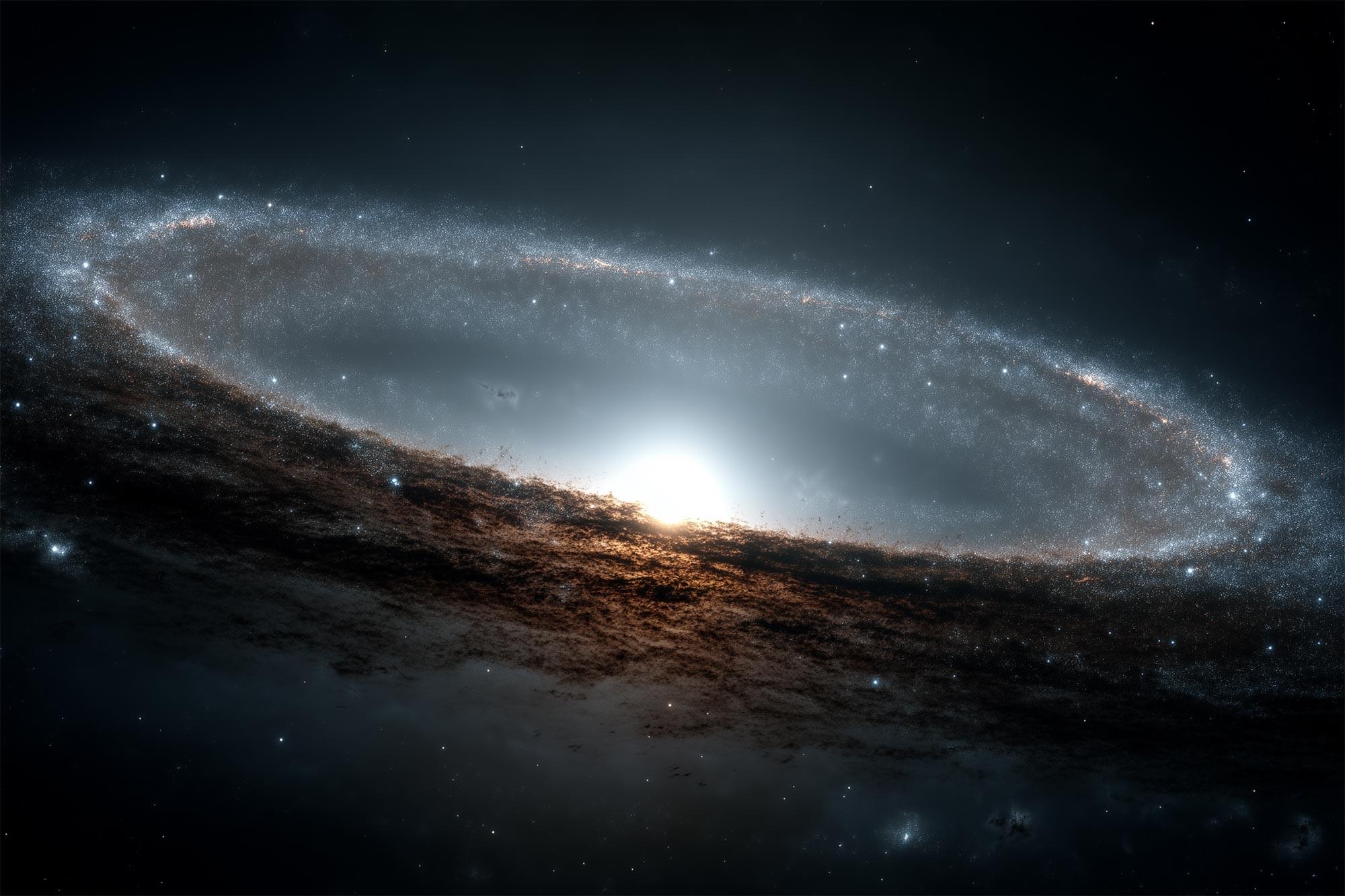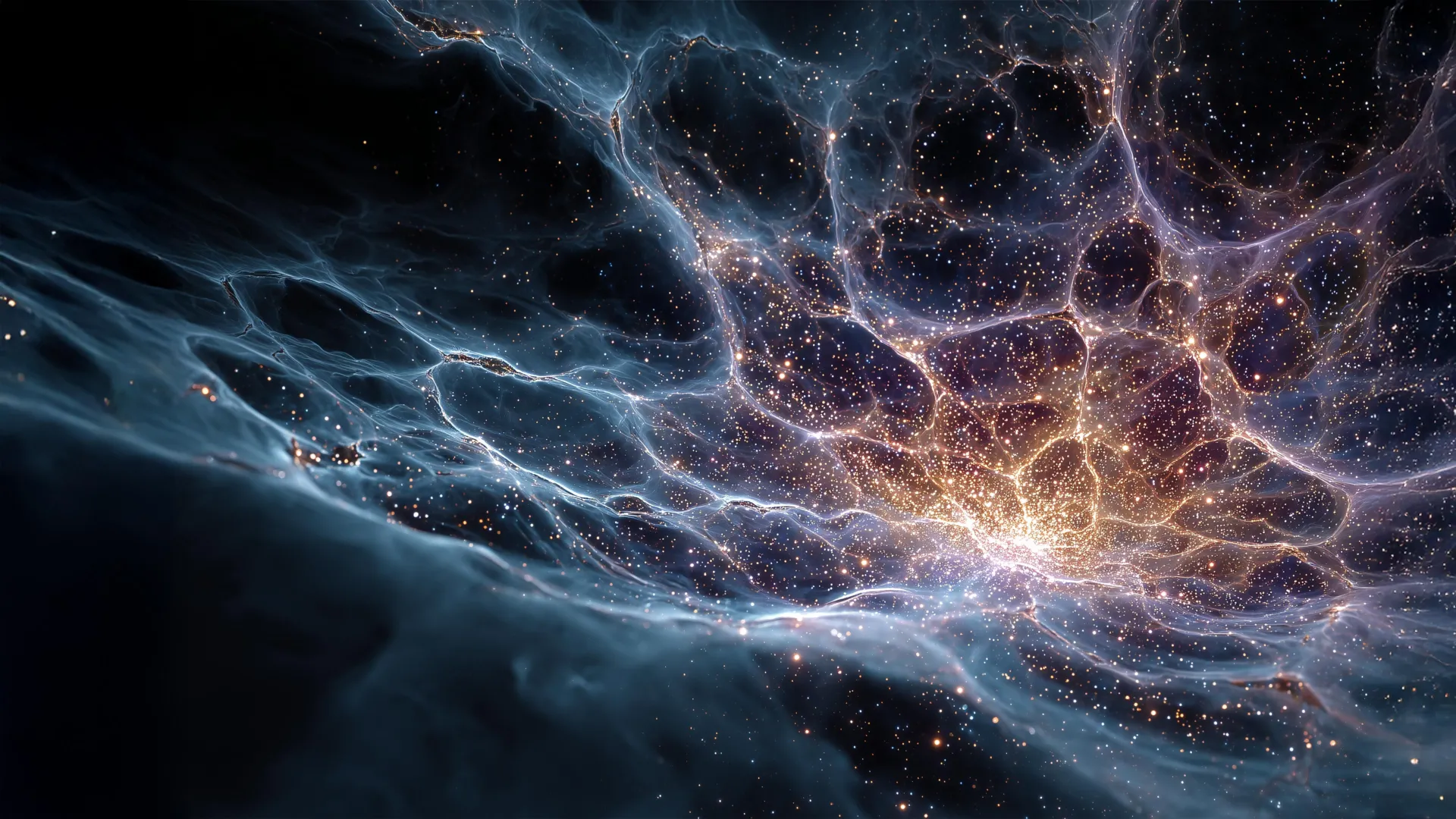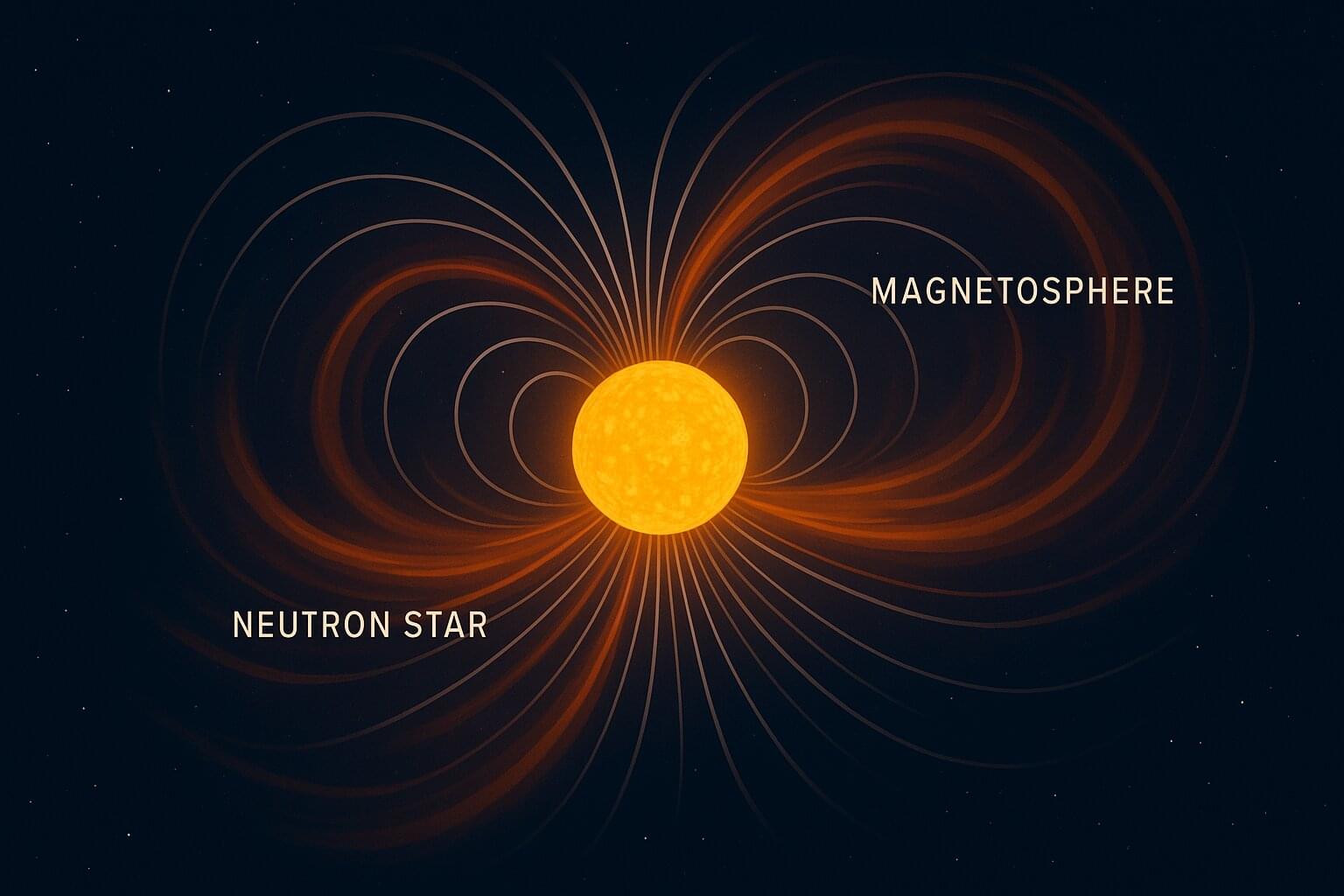Using a very strong black-hole merger signal, the LIGO-Virgo-KAGRA Collaboration has shown Hawking’s area law to hold with high credibility.



Astronomers studying a rare Einstein Cross stumbled upon an impossible “fifth image” that shouldn’t exist — and it revealed something extraordinary.
Careful analysis showed the strange light pattern could only be explained by the presence of a vast, hidden halo of dark matter bending the galaxy’s glow.
Discovery of a Cosmic Anomaly.

A new article published in The Astrophysical Journal explores a new theory of how Type Ia supernovae, the powerful stellar explosions that astronomers use to measure distances across the universe, might be triggered. Traditionally, these supernovae occur when a white dwarf star explodes after interacting with a companion star. But this explanation has limitations, leaving open questions about how these events line up with the consistent patterns astronomers actually observe.

For more than a century, physics has been built on two great theories. Einstein’s general relativity explains gravity as the bending of space and time.
Quantum mechanics governs the world of particles and fields. Both work brilliantly in their own domains. But put them together and contradictions appear—especially when it comes to black holes, dark matter, dark energy and the origins of the cosmos.
My colleagues and I have been exploring a new way to bridge that divide. The idea is to treat information—not matter, not energy, not even spacetime itself—as the most fundamental ingredient of reality. We call this framework the quantum memory matrix (QMM).

Dark matter remains one of the biggest mysteries in fundamental physics. Many theoretical proposals (axions, WIMPs) and 40 years of extensive experimental searches have failed to provide any explanation of the nature of dark matter.
Several years ago, in a theory unifying particle physics and gravity, new, radically different dark matter candidates were proposed: superheavy charged gravitinos.
Now, a paper published in Physical Review Research by scientists from the University of Warsaw and Max Planck Institute for Gravitational Physics shows how new underground detectors, in particular the JUNO detector starting soon to take data, even though designed for neutrino physics, are also extremely well suited to eventually detect charged dark matter gravitinos.

Dark Matter remains one of the biggest mysteries in fundamental physics. Many theoretical proposals (axions, WIMPs) and 40 years of extensive experimental search have not explained what Dark Matter is. Several years ago, a theory that seeks to unify particle physics and gravity introduced a radically different possibility: superheavy, electrically charged gravitinos as Dark Matter candidates.
A recent paper in Physical Review Research by scientists from the University of Warsaw and the Max Planck Institute for Gravitational Physics shows that new underground detectors, in particular the JUNO detector that will soon begin taking data, are well-suited to detect charged Dark Matter gravitinos even though they were designed for neutrino physics. Simulations that bridge elementary particle physics with advanced quantum chemistry indicate that a gravitino would leave a signal in the detector that is unique and unambiguous.
In 1981, Nobel Prize laureate Murray Gell-Mann, who introduced quarks as fundamental constituents of matter, observed that the particles of the Standard Model—quarks and leptons—appear within a purely mathematical theory formulated two years earlier: N=8 supergravity, noted for its maximal symmetry. N=8 supergravity includes, in addition to the Standard Model matter particles of spin 1/2, a gravitational sector with the graviton (of spin 2) and 8 gravitinos of spin 3/2. If the Standard Model is indeed connected to N=8 supergravity, this relationship could point toward a solution to one of the hardest problems in theoretical physics — unifying gravity with particle physics. In its spin ½ sector, N=8 supergravity contains exactly 6 quarks (u, d, c, s, t, b) and 6 leptons (electron, muon, taon and neutrinos), and it forbids any additional matter particles.

Scientists at Rutgers and collaborators have traced the invisible dark matter scaffolding of the universe using over 100,000 Lyman-alpha emitting galaxies. By studying how these galaxies clustered across three eras shortly after the Big Bang, they mapped dark matter concentrations, uncovering cosmic “fingerprints” that reveal how galaxies grow and evolve.


Dark matter is an elusive type of matter that does not emit, reflect or absorb light, yet is predicted to account for most of the universe’s mass. As it cannot be detected and studied using conventional experimental techniques, the nature and composition of dark matter have not yet been uncovered.
One of the most promising dark matter candidates (i.e., hypothetical particles that dark matter could be made of) are axions. Theory suggests that axions could convert into light particles (i.e., photons) under specific conditions, which could in turn generate signals that can be picked up by sophisticated equipment.
In strong magnetic fields, such as those surrounding neutron stars with large magnetic fields (i.e., magnetars), the conversion of axions into photons has been predicted to generate weak radio signals that could be detected using powerful Earth-based or space-based radio telescopes.
